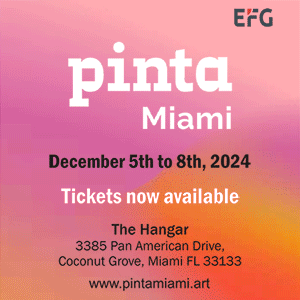Ananké Asseff: Soberbia. Rolf Art, Buenos Aires
Ananké Asseff continues investigating topics that have concerned her in earlier works, specifically the complexity of human interactions and the place of the individual, with its baggage of experiences and memories, within those interactions.

In Soberbia, her recent exhibition at Rolf Art curated by Jorge Villacorta, Ananké Asseff continues investigating topics that have concerned her in earlier works, specifically the complexity of human interactions and the place of the individual, with its baggage of experiences and memories, within those interactions. Using, initially, photography as means to register personal performances, Asseff has gradually expanded and diversified her exploration of that medium while bringing others (video, sculpture, and even writing) into her artistic discourse.
The exhibition features four proposals—conceived as a series with the same name as the show—all of them developed in 2016: the photograph Untitled #1; the polyptych of twelve photographs Untitled #2; the video performance My enemy?, Conversations with Eadweard; and the sound installation Variaciones en Presente Perfecto [Variations in the Present Perfect]. On exhibit on one of the gallery’s walls as well is a set of interrupted phrases. Scheduled for the exhibition’s closing is a live performance by the artist. Documentation on the show, as well as a digital catalogue, is available at the gallery’s website.
Asseff deploys a variety of artistic resources in this series of works with a decidedly conceptual bent, works that make use of a cryptic form of communication; each work is constructed from a different critical perspective. That in no way prevents the experience of the show from being deeply emotional for the participating viewer, however.
Due to their treatment, the photographs become almost veiled and difficult-to-perceive objects where the referent comes close to vanishing. With that resource, Untitled #2 formulates a tension between what pertains to images and the possibilities of their physical perception, a tension that exacerbates the violence implicit to all representations. My enemy?, Conversations with Eadweard cites the scientific study of motion that was the cornerstone of the work of that nineteenth-century photographer, disturbing it in an obscure exercise of dramatization of the body. But perhaps the work most poignant in its appeal to the viewer is the sound installation Variaciones en Presente Perfecto, in which the artist says the phrase “It was me” with different inflections in a variety of tones of voice.
In sum, Asseff manages to turn silence and the disconnected word, the spent trace and the dubious allusion, into disturbing signs rich in meaning.






